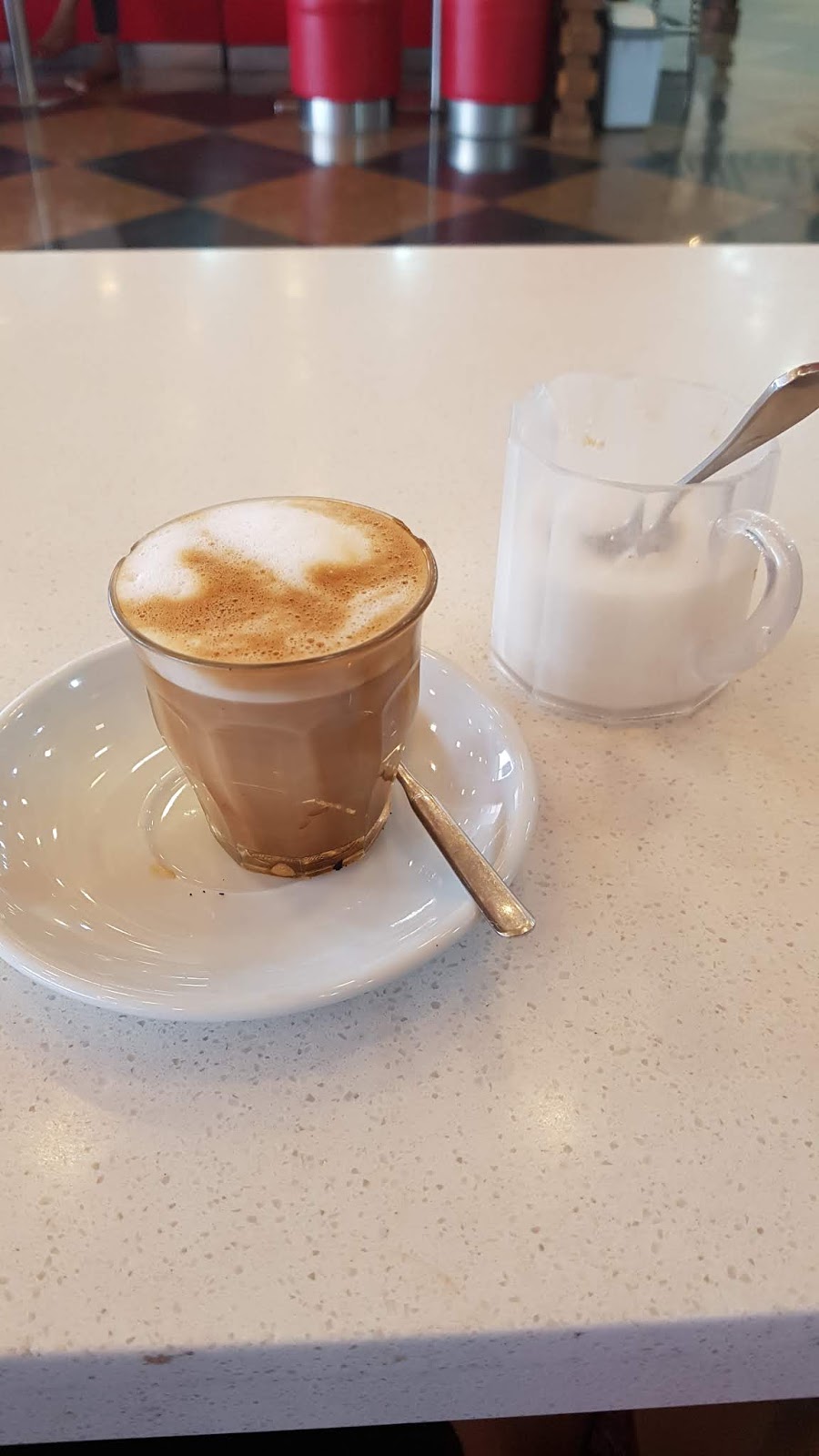After the bland food of South Sudan, I am so excited to try out the richly flavored Ethiopian food! In fact, it is tops in my list. The average price for a meal is 120 to 140 Birr or around 5 USD plus 15% value added tax which is not reflected in the menu.
Each meal is meant to be shared, as cultural tradition dictates and is served without any cutlery. It is considered to be polite to use your right hand to eat here. So, it is a wise idea to bring wet wipes and hand sanitizer. Do not use your left hand to eat though as this is considered rude because we usually clean our butt after we poop with it, right?!
So, if you are traveling with a friend, you better share. Just make sure that you eat on your side of the serving pan and do not cross over. If you want to take away the leftovers, some restaurants would charge you 15 Birr.
- Injera. If rice is for Asians and bread is for Europeans, then Injera is the staple for Ethiopians! It looks and tastes like a giant spongy pancake or as my best friends describe it, a towel. It is made from the grain teff which is fermented up to three days before it is cooked. It comes in red, brown, or white but the general rule is 'the paler the injera, the better.' The dark ones tends to be coarser. This is usually spread out and then you pour the shiro or food on top of it. It is the perfect food wrap and you can also dip it into sauces! The injera tastes tangy...a bit bitter and sour. I love it but my friend just spat it out!(not the one on the pic) I could even see him with tears in his eyes!
- Shiro. Shiro is a red sauce usually served with injera. It is commonly served on Ethiopian 'fasting days'.
- Tibs. This is the usual accompaniment to injera. It is a spicy beef or lamb fried in butter.
- Jebena or coffee. Coffee is said to have originated in Ethiopia so it is natural to see sidewalk coffee spots. Each tiny serving of freshly brewed black coffee will set you back 5 Birr if you take it on these roadside hole in the wall restaurants but if you order it in a restaurant, it will cost 20 Birr. This is traditionally served in a coffee ceremony.
- Macchiato. This is the popular form of coffee in Ethiopia. I had one in In-N-Out Burger for 15 Birr. It was by Tomoca which they say is the gold standard of Ethiopian Coffee! However, it is best to go to Tomoca (To.Mo.Ca) Coffee Shop at the Piazza.
- Tej. Tej is a honey wine or a mead made of honey and a local leaf known as gesho. It is only served at a tej beit or a tej bar. We had ours at Habishan2000 at 300 Birr for 1 liter. It was a good deal though as we also got to watch a cultural show.
- St. George or Giorgis Beer. If you are a beer drinker, then you must check this pale lager off of your list. This is the oldest beer in Ethiopia! Since I do not drink, read more about it here.
If you are brave enough, you can also try tera sega or raw meat! Then, when you get home, take a dewormer or else run the risk of hosting tapeworms.

















0 komentářů: